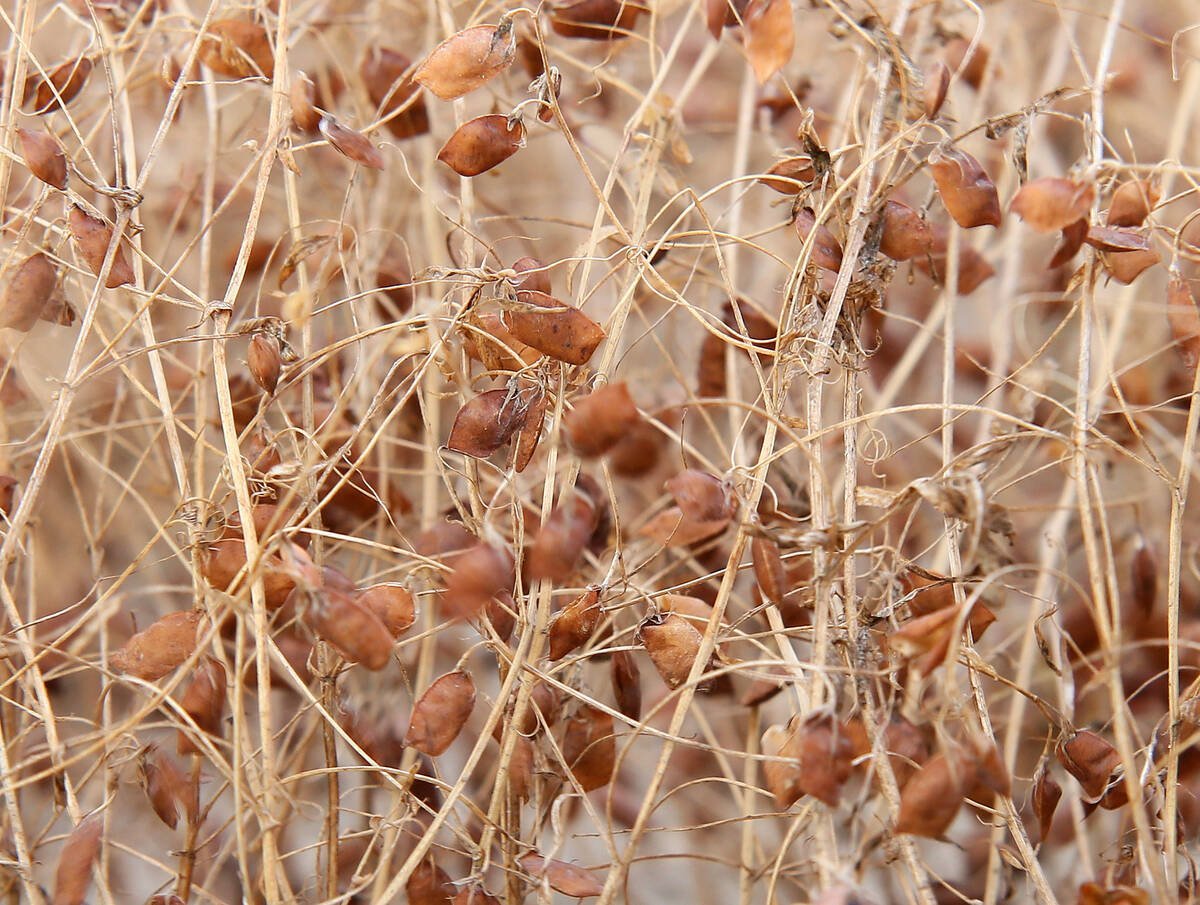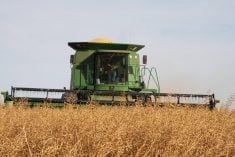RENO, Nevada Ñ Proposed cuts to farm support programs have American wheat growers pondering the best way to tighten their belts.
United States president George Bush has tabled a 2006 agriculture budget that axes farm support spending by $587 million US.
Over a 10-year period the president is proposing $7 billion in cuts to the country’s farm safety net programs, with $5.7 billion coming out of commodity payments and $1.26 billion from crop insurance.
The proposal is far from a done deal because Congress has the ultimate say on budget matters. But given the slumping U.S. economy, wheat farmers attending the North American Grain Congress felt there is little doubt they will face constraints.
Read Also

Europe holds promise for Canadian lentils
Pulse Canada is trying to help boost lentil consumption in Europe, which is already the fourth largest market.
Wheat industry officials will spend the next few months lobbying congressional leaders to maintain existing program funding, but as a fallback position they will provide suggestions on where cuts could occur.
Economists attending the conference offered differing opinions on that topic.
David Anderson, professor of agricultural economics at Texas A&M’s Agriculture and Food Policy Center, said the industry might want to push for cuts in conservation funding, such as land set-aside programs because those programs are underused.
Garry Blumenthal, chief executive officer of World Perspectives, agreed there is more authority to run conservation programs than there is funding for them so it would be a relatively painless cut.
But he felt the industry would be ill-advised to push in that direction because environmental spending is one of the few allowable methods of income transfer under World Trade Organization rules.
Since all government subsidies to farmers will be scrutinized under any new WTO agreement, farmers should lobby for more money to conservation program funding instead of proposing to cut it. It is also easier to attract public support for programs that offer tangible environmental benefits, said Blumenthal.
Anderson said the president’s proposal faces considerable opposition from cotton and rice growers who vehemently oppose his suggestion to lower the payment limit cap to $250,000 from the current $360,000.
“That is a real flash point. That is one that caught people’s attention.”
Cotton and rice are expensive crops to grow relative to soybeans and wheat. Large farmers in the southern states where the two crops are seeded will quickly hit that $250,000 payment limit, prompting them to pressure Congress to keep the payment cap where it is.
Wheat growers are likely to be more concerned about the $7 billion cut to farm safety nets, which represents 5.6 percent of the $124 billion in commodity payments scheduled to be doled out over the next 10 years.
Those cuts will hit home because wheat farmers are under considerable financial stress due to lackluster commodity prices, said Anderson.
But the thing to remember is that the president’s proposal is simply a wish list, he told growers attending the North American Grain Congress.
“I think it’s important you don’t panic when you see something like this. You have to start (the budget process) somewhere.”















